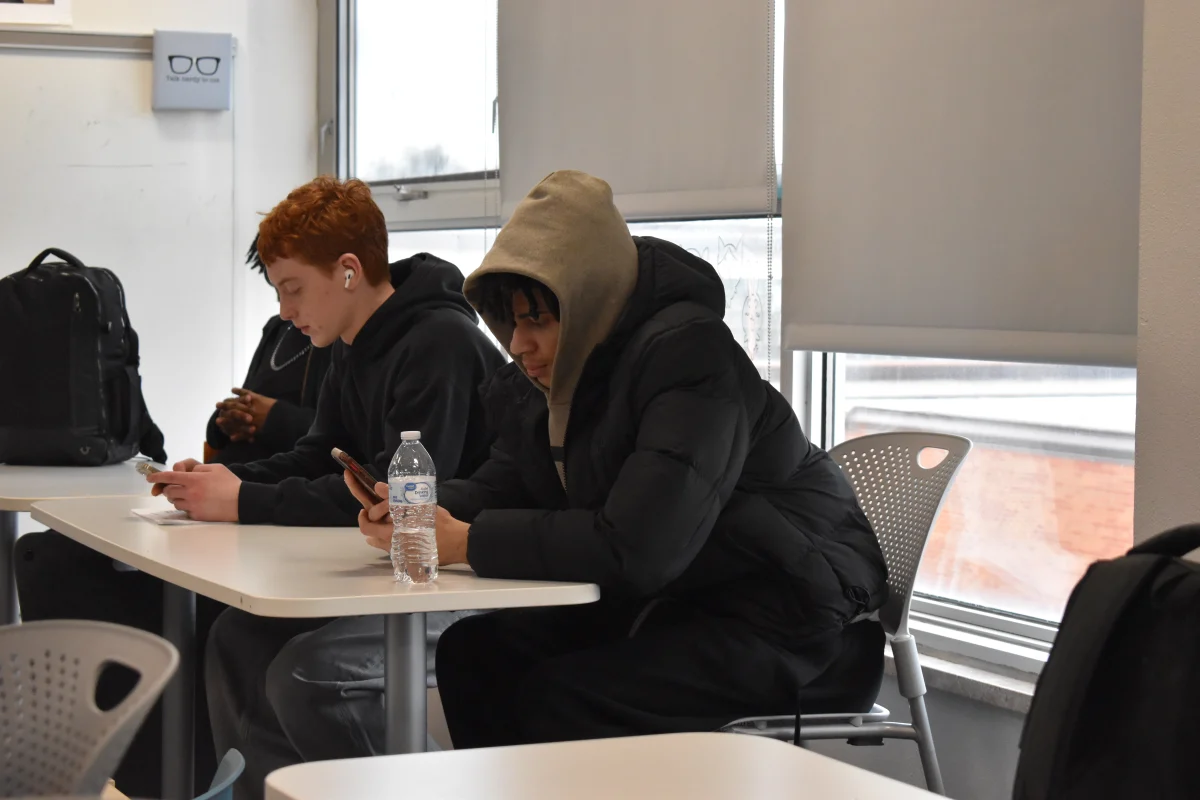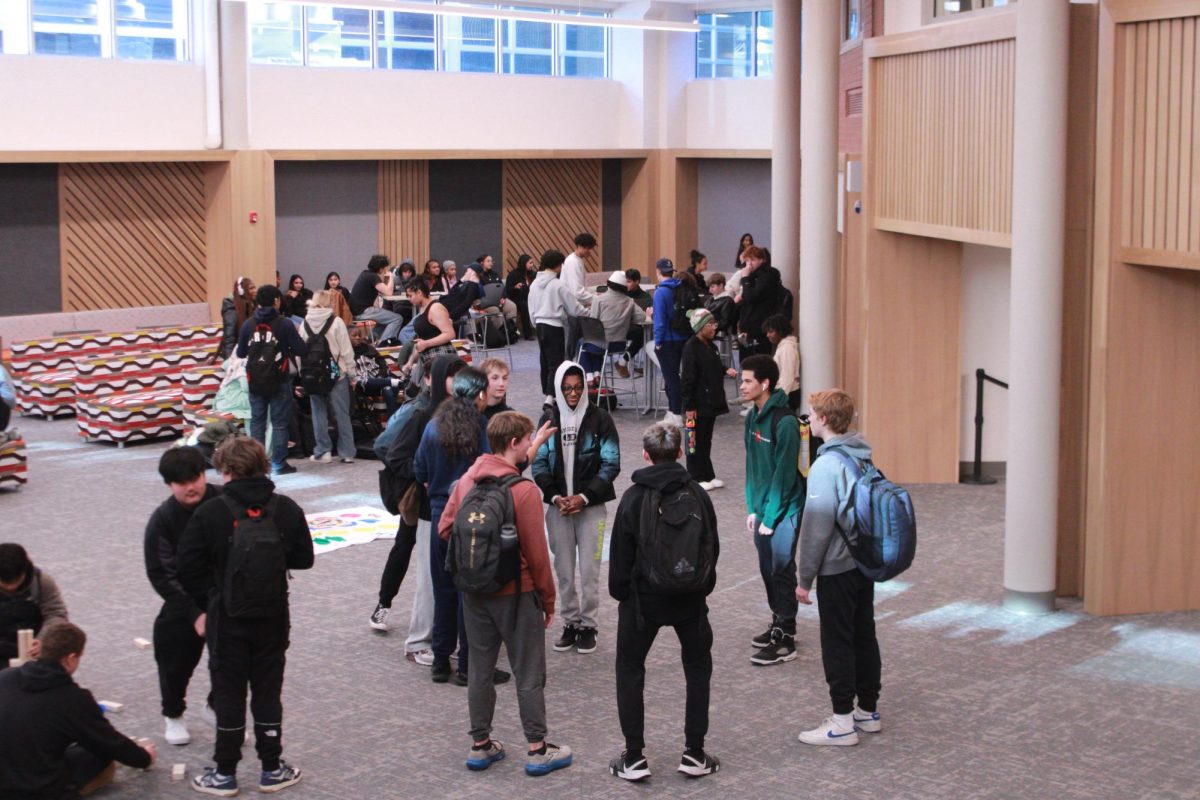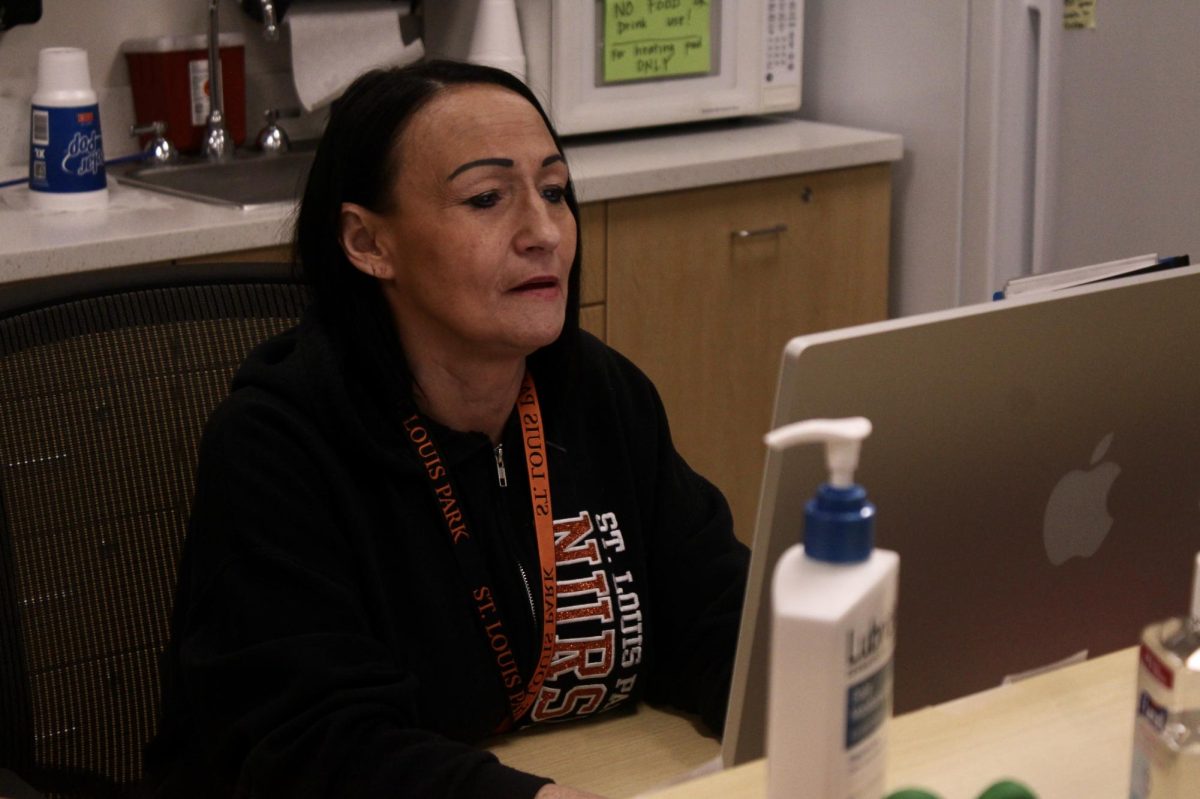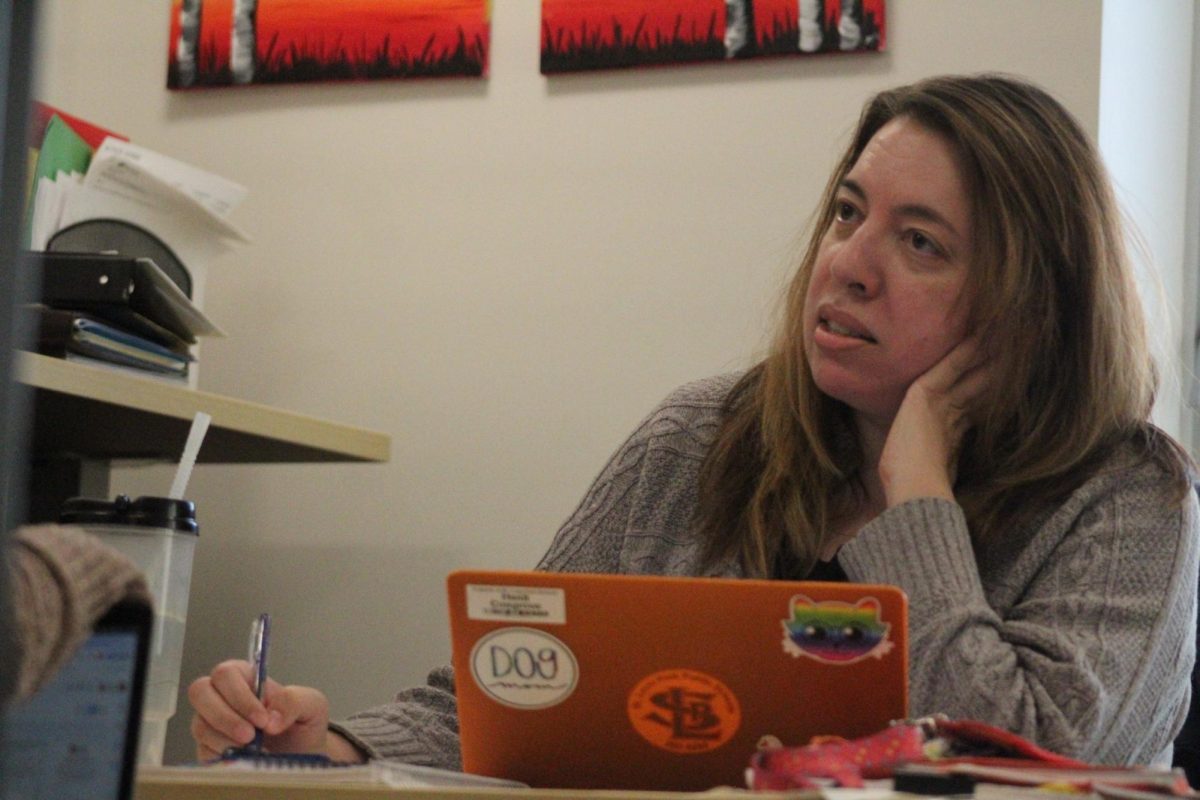Teachers finish designs for new curriculum
Despite having learned the ropes of the high school last year as a freshman, sophomore Johnny Bonk said he still had no idea what to expect of the first day of school, due to the debut of four new foundation courses implemented through the Investing in Innovation (i3) grant.
The courses, which consist of a business innovation class, a media arts course, a health & science foundations class and a law & public service class were designed by teams of teachers who began working in the spring of last year. The classes are the first components to the academy system facilitated by the i3 grant.
Federal funding from the grant provided for three full days of curriculum planning as well as 10 additional hours during the summer to design the courses.
Bonk, who will be taking the media arts foundation course this fall, said he is anxious to see the changes the new classes bring.
“It will be weird changing up the schedule but it is definitely a good idea to make the classes more about jobs and the future,” he said. “In Europe, the classes are focused on what career you might have and now we get to try something like that.”
During the early stages of the planning process, teachers and administrators met with representatives from Minnesota State Colleges and Universities (MNSCU) to determine course content and standards consistent with the goals of local post-secondary education institutions.
Academy coordinator Greg Goddard said he values the partnership with MNSCU because of the opportunities it will bring to the i3 program.
“We want to continue the relationship with MNSCU so that we can give everyone in the academy courses a chance to get off campus and into a professional setting,” he said. “We’ll be able to provide a truly enriched education.”
With the design phase of the sophomore foundation courses nearing completion, Goddard and other administrators hope to begin constructing plans in September for the junior and senior level academy courses, which will be implemented in the next two years. The framework for the sophomore classes consists of a three semester course, with curriculum continuing through junior year. This will allow students to focus on specific interests and build upon possible career pathways.
Goddard said during the design process for the upperclassman courses, administrators will continue to rely on evaluations and feedback from teachers and students regarding the success of the sophomore classes.
“Never, in my opinion, is a class done being designed,” he said. “A good course is always in flux, changing with input from teachers and students. That is what we intend to do.”








